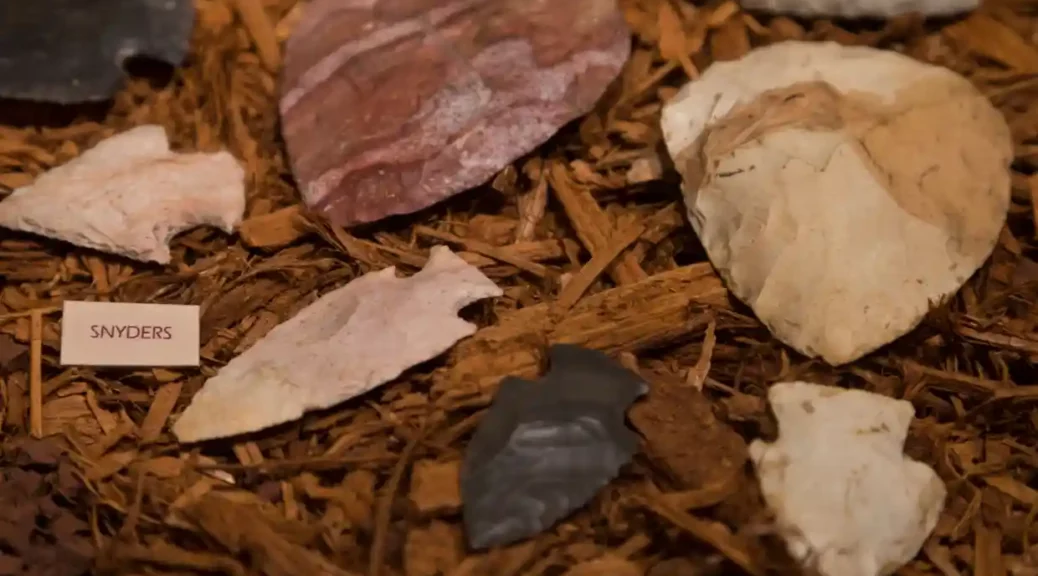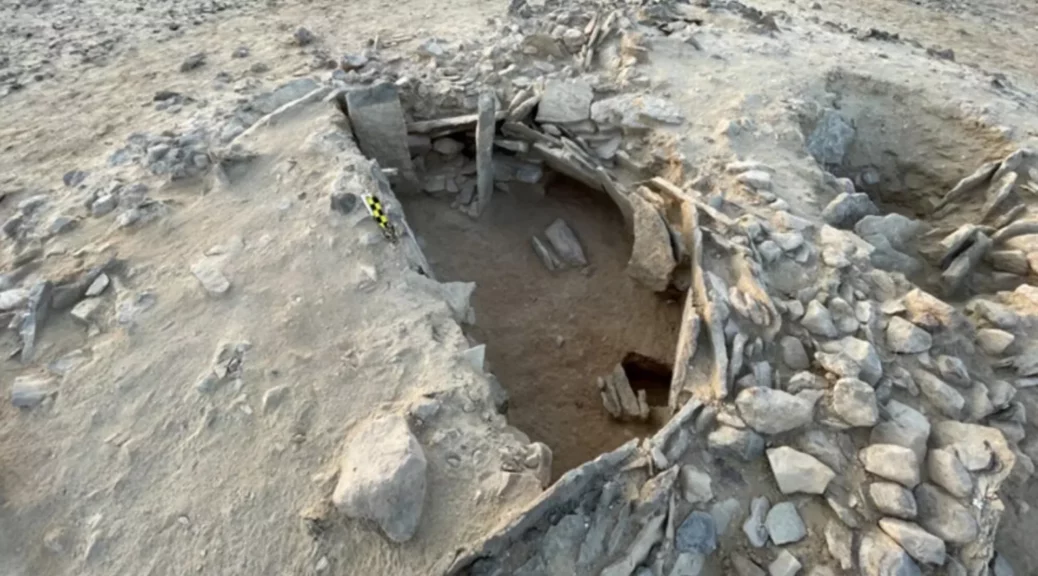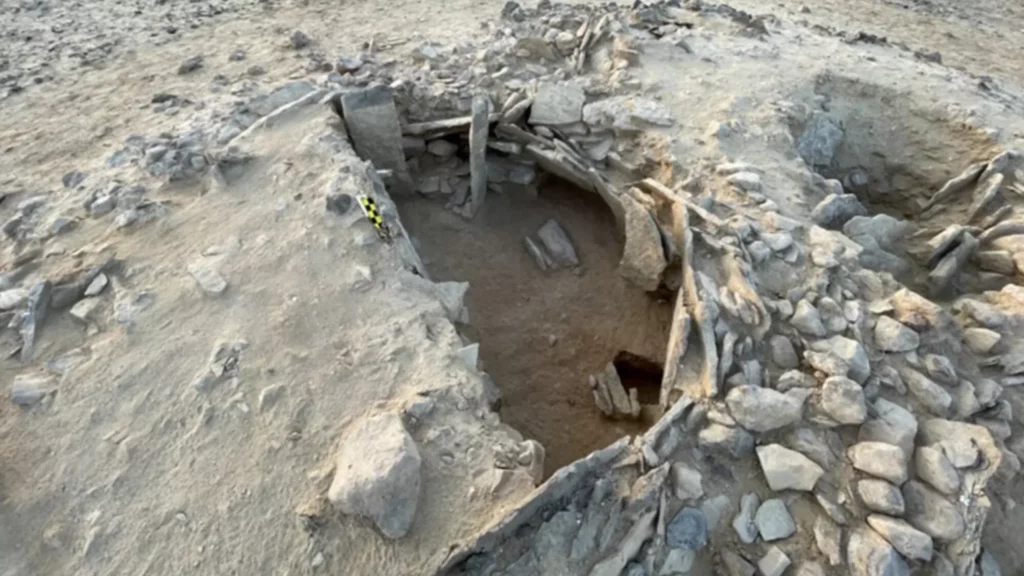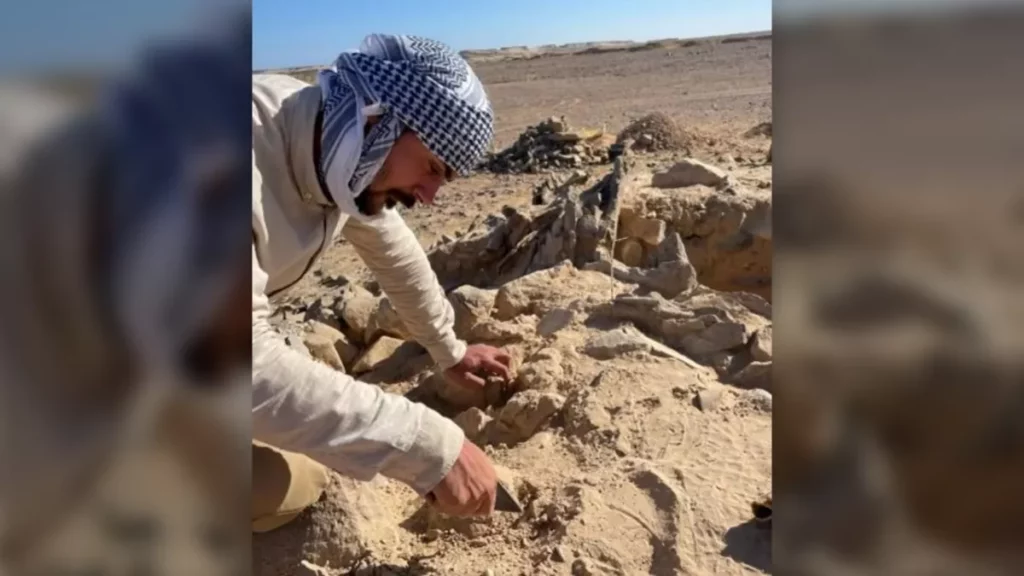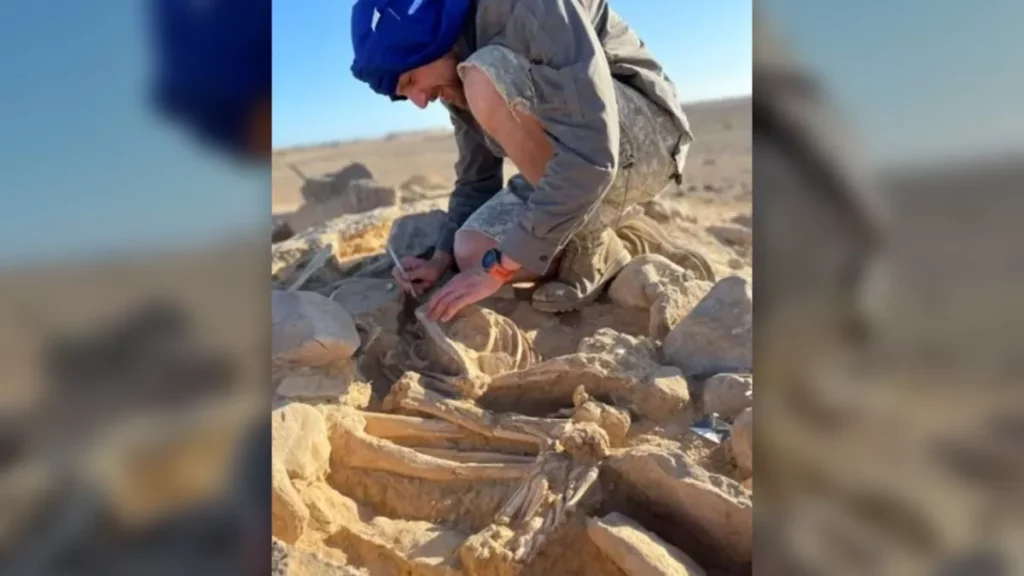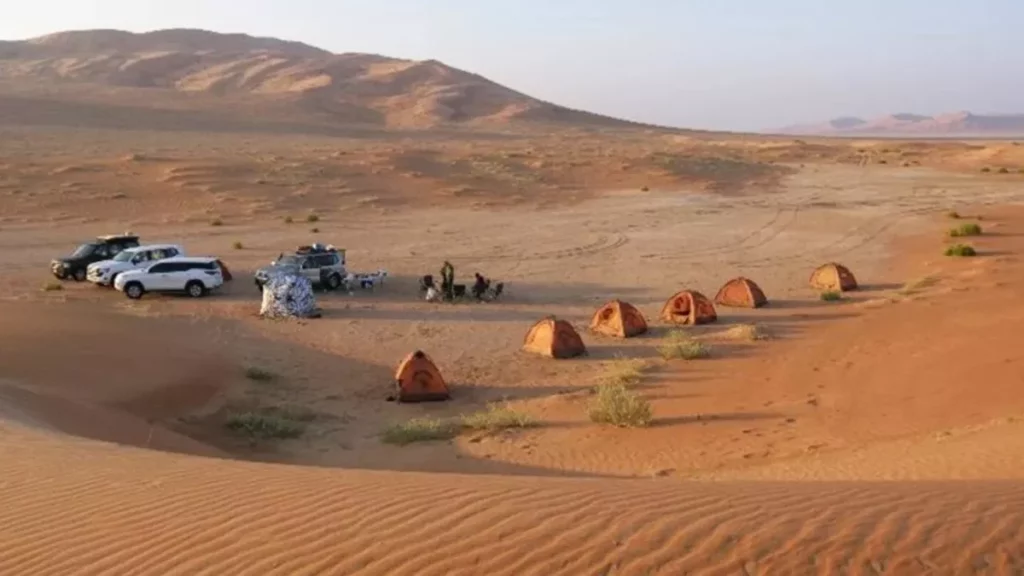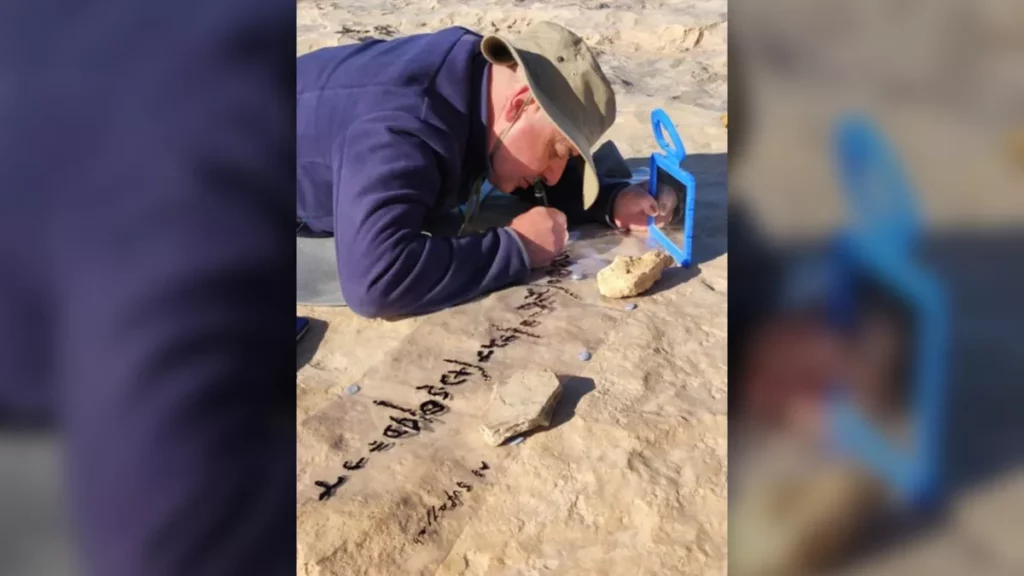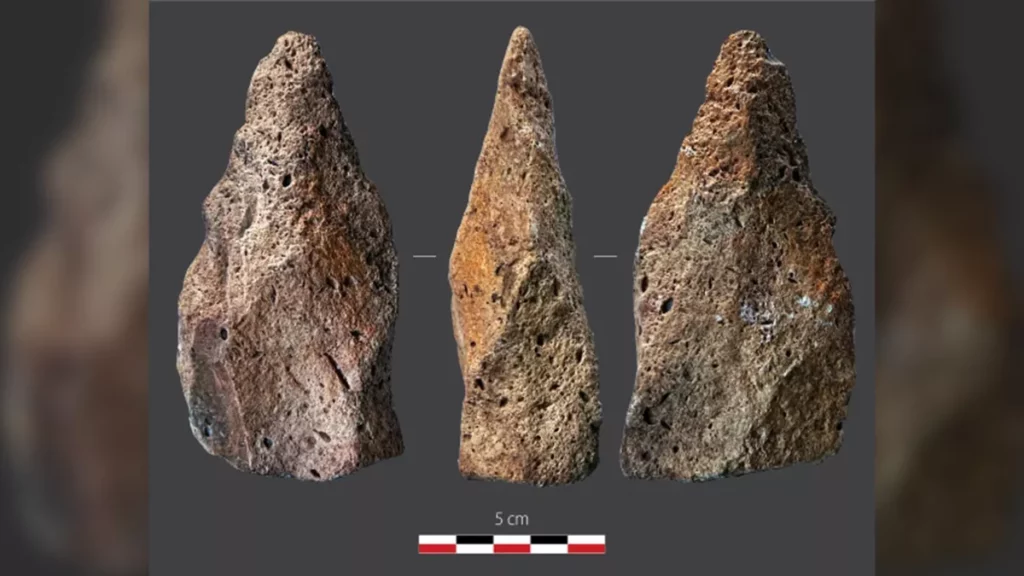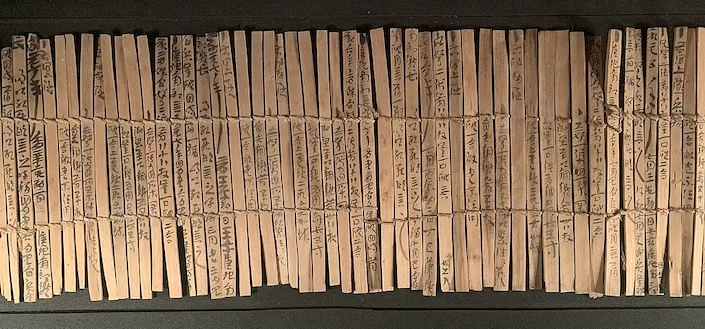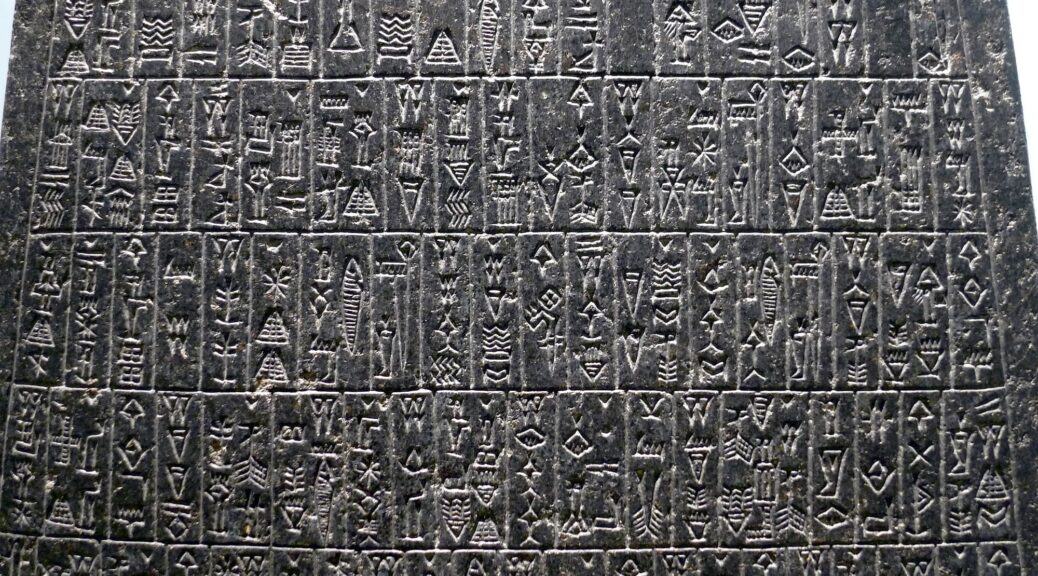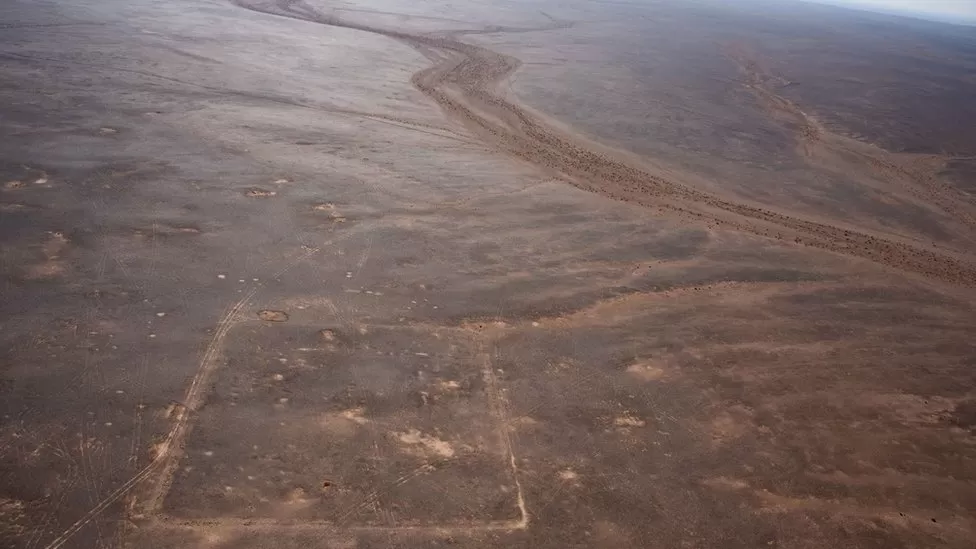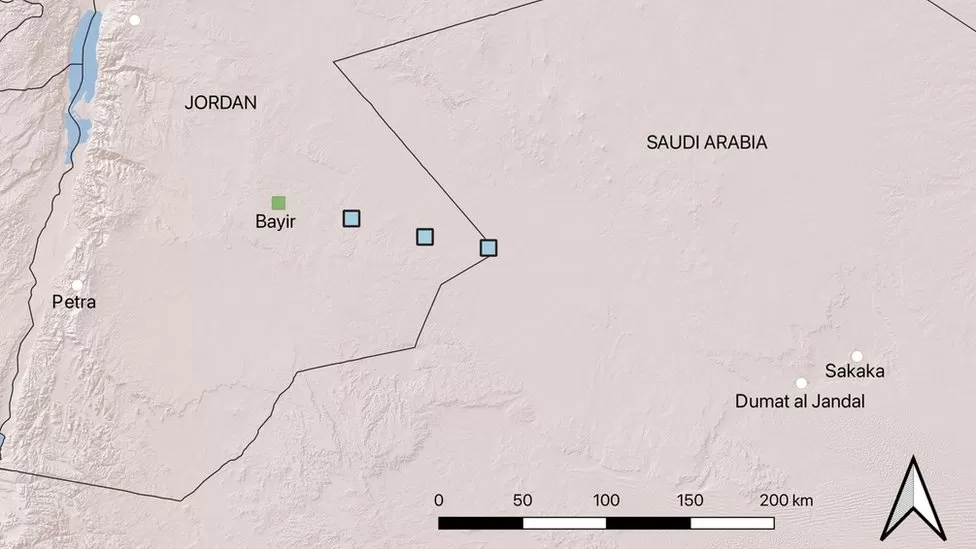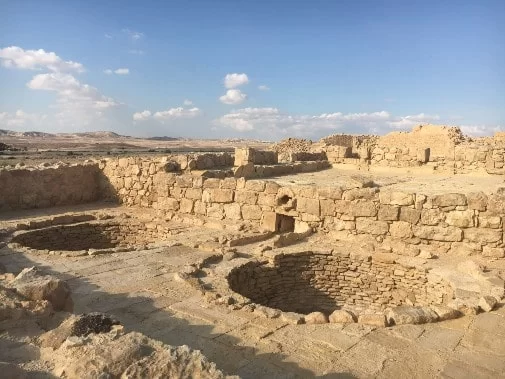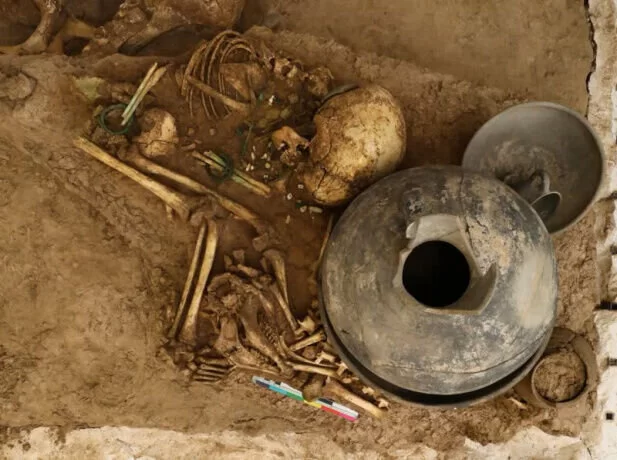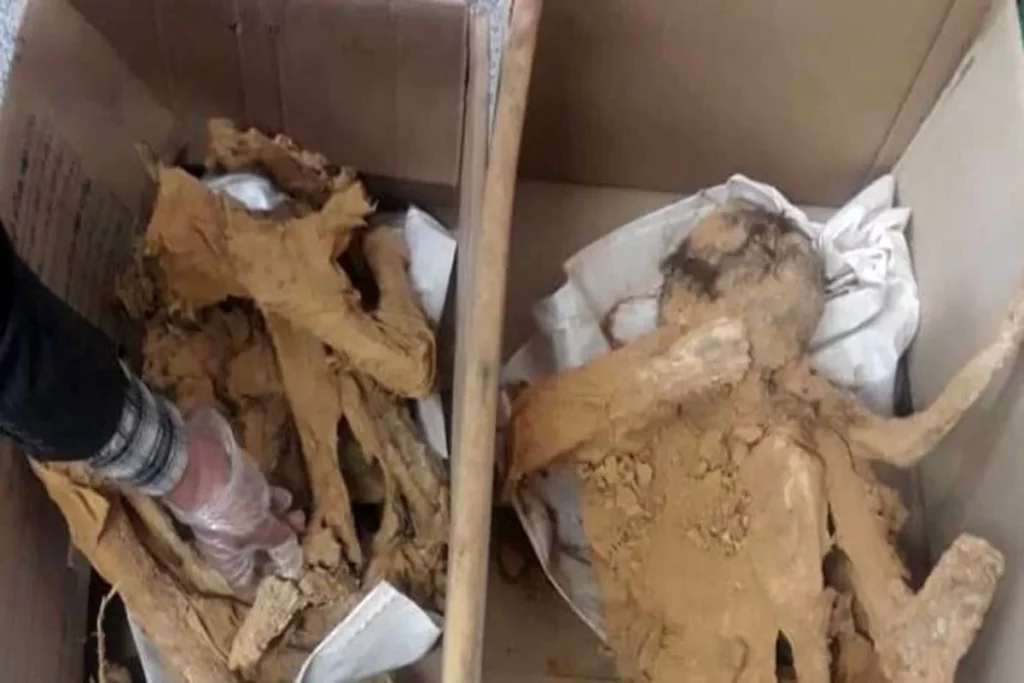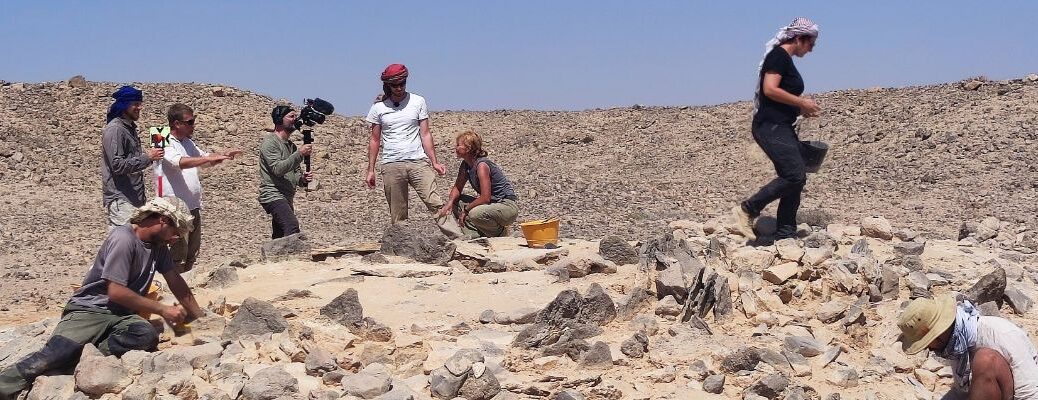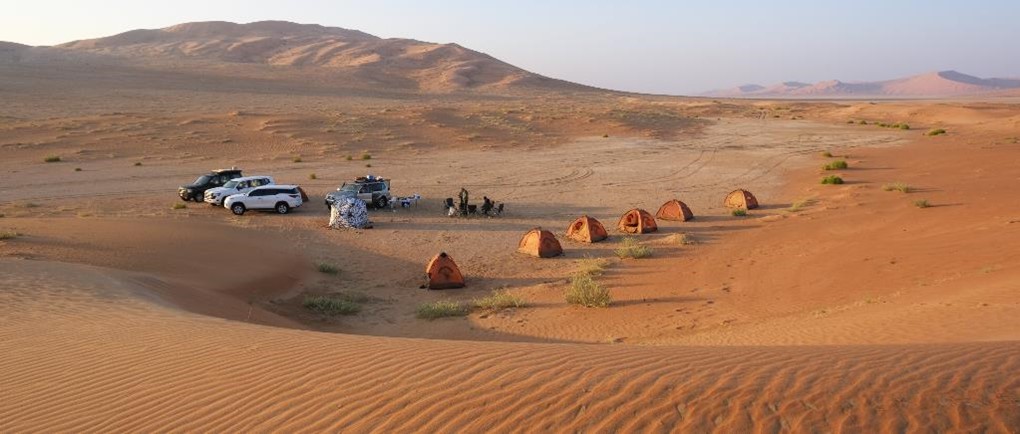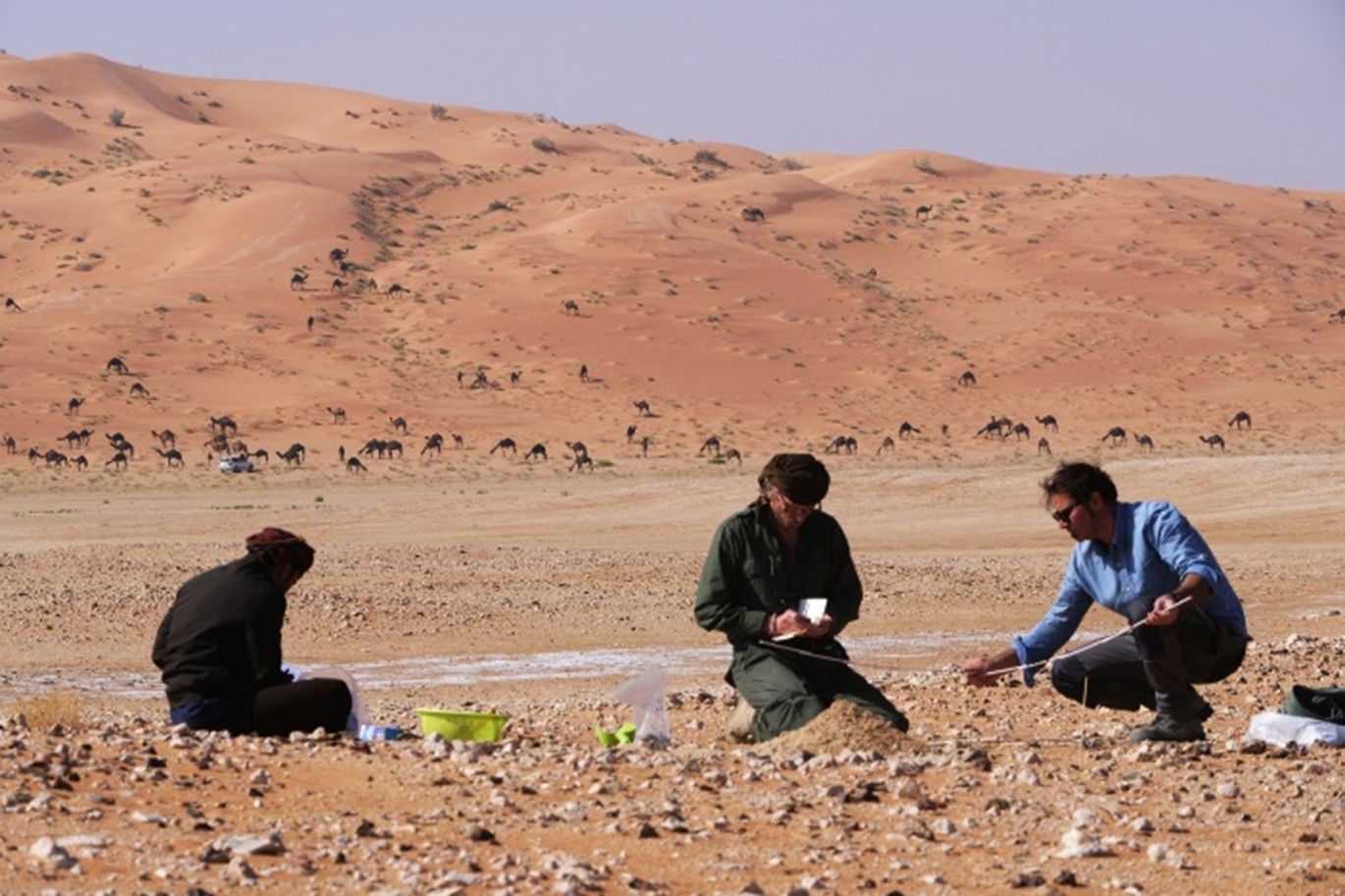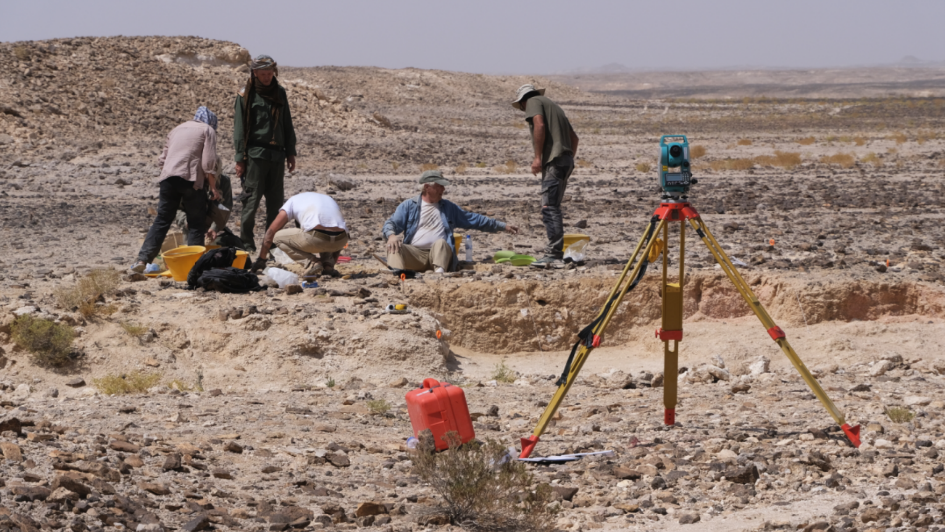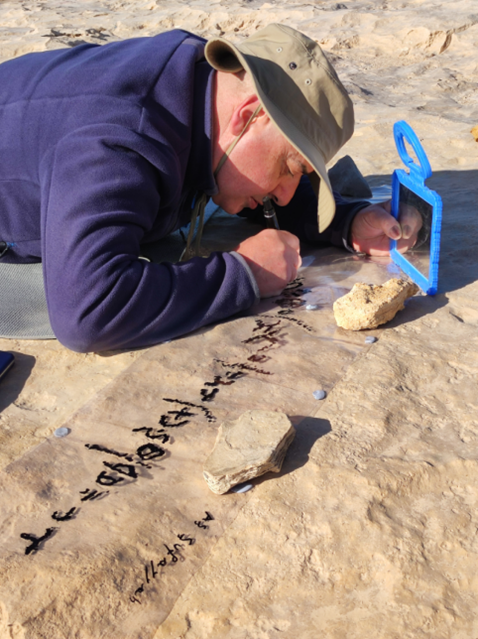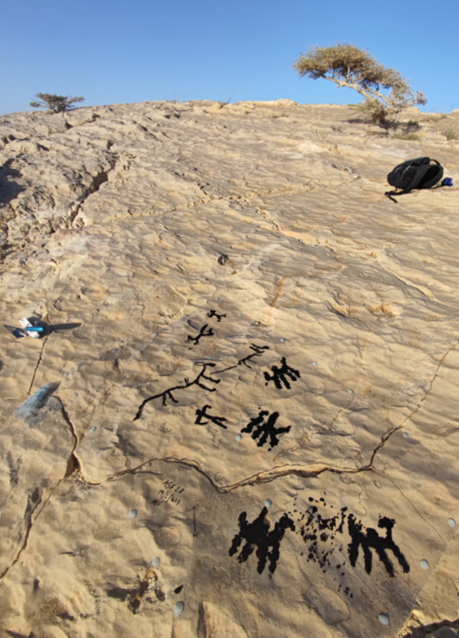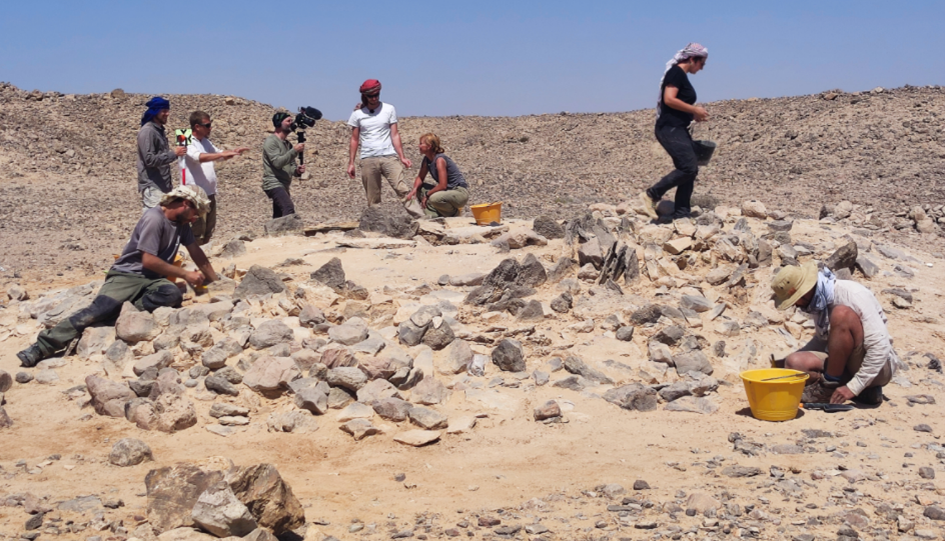Some of the first humans in the Americas came from China, study finds

Some of the first humans to arrive in the Americas included people from what is now China, who arrived in two distinct migrations during and after the last ice age, a new genetics study has found.
“Our findings indicate that besides the previously indicated ancestral sources of Native Americans in Siberia, northern coastal China also served as a genetic reservoir contributing to the gene pool,” said Yu-Chun Li, one of the report authors.
Li added that during the second migration, the same lineage of people settled in Japan, which could help explain similarities in prehistoric arrowheads and spears found in the Americas, China, and Japan.
It was once believed that ancient Siberians, who crossed over a land bridge that existed in the Bering Strait linking modern Russia and Alaska, were the sole ancestors of Native Americans.
More recent research, from the late 2000s onwards, has signaled that more diverse sources from Asia could be connected to an ancient lineage responsible for founding populations across the Americas, including in Bolivia, Brazil, Chile, Ecuador, Mexico, and California.
Known as D4h, this lineage is found in mitochondrial DNA, which is inherited only from mothers and is used to trace maternal ancestry.
The team from the Kunming Institute of Zoology embarked on a 10-year hunt for D4h, combing through 100,000 modern and 15,000 ancient DNA samples across Eurasia, eventually landing on 216 contemporary and 39 ancient individuals who came from the ancient lineage.
By analyzing the mutations that had accrued over time, looking at the samples’ geographic locations, and using carbon dating, they were able to reconstruct the D4h’s origins and expansion history.
The results revealed two migration events. The first was between 19,500 and 26,000 years ago during the Last Glacial Maximum, when ice sheet coverage was at its greatest and climate conditions in northern China were probably inhospitable.
The second occurred during the melting period, between 19,000 and 11,500 years ago. Increasing human populations during this period might have triggered migrations.
It was during this second migration that the scientists found a surprising genetic link between Native Americans and Japanese people, particularly the indigenous Ainu.
In the melting period, a subgroup branched out from northern coastal China to Japan, contributing to the Japanese people, the study said, a finding that chimes with archeological similarities between ancient people in the Americas, China, and Japan.
Li said a strength of the study was the number of samples they discovered, and complementary evidence from Y chromosomal DNA showing that male ancestors of Native Americans lived in northern China at the same time as female ancestors made researchers confident of their findings.
“However, we don’t know in which specific place in northern coastal China this expansion occurred and what specific events promoted these migrations,” he said.
“More evidence, especially ancient genomes, is needed to answer these questions.”
